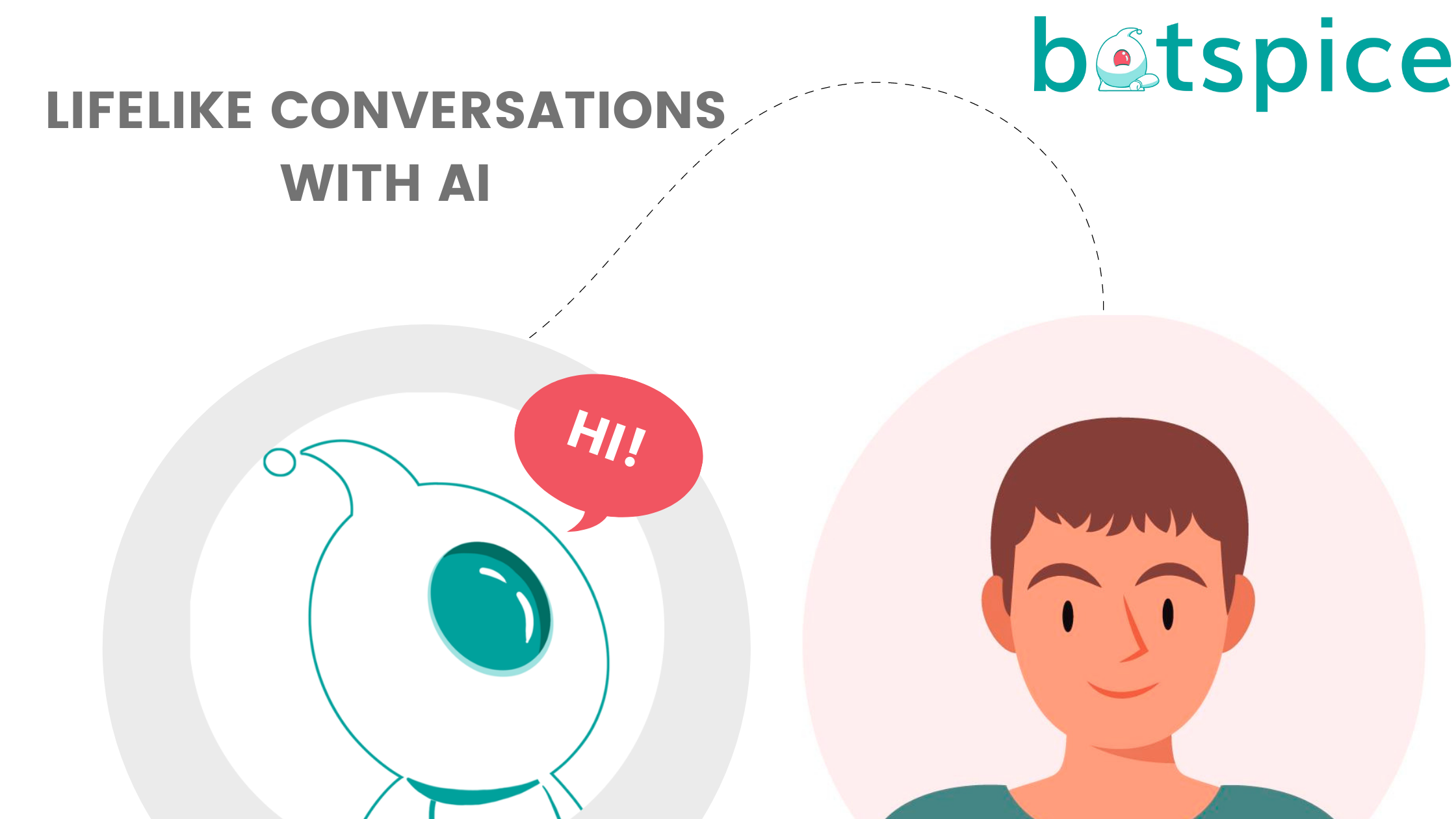The old school rule-based chatbots often gave a frustrating experience with their rigid conversation structure. These chatbots often don’t register previous user interactions as they are powered by simple Machine Learning Technology called pattern making. The rule-based chatbots are trained to answer questions that are fed i.e. meaning you must ask questions with an exact word match that the chatbot is trained with. Thus, making the chatbot experience time-consuming and unnatural. This is a thing of the past with new generation chatbots powered by Artificial Intelligence and NLP technologies. Natural Language Processing and Artificial Intelligence have progressed to a point where talking to a bot feels as natural as speaking to another person. They carry information from one conversation to another and learn as they go, making them smart!
32% of users want friendly and warm responses during chats.
(Source: Convince & Convert)
According to the most recent customer service statistics, 32% of users say they would like to have a friendly and warm response. Such an intentional user experience can be generated using a Chatbot that is backed up with Natural Language Processing.
A Chatbot with a Brain: Workbot
The first step to creating a smart chatbot is to implement a ‘Brain’ with NLP capabilities. But what is NLP? Simply put, NLP is a branch of AI that improves human-machine communication helping computers understand natural human language. Your chatbot’s ‘Brain’ works off the following keys:
- Utterances- ways the user refers to a specific intent
- Intent- the meaning behind the words a user type
- Entity- details that are important to the intent like dates and locations
- Context- which helps to save and share parameters across a session
- Session- one conversation from start to finish, even if interrupted.
NLP ‘Brain’ relates thoughts, language and patterns of behaviour learned through experience to specific outcomes focusing on continual learning to become more intelligent. It is this self-learning ability that increases the effectiveness of the chatbot over time.
Conversational AI and NLP to:
Deliver the best Customer Experience
Gartner states that “Through 2028, the user experience will undergo a significant shift in how users experience the digital world. Conversational platforms are changing the way people interact with the digital world.”
People connect, transact and interact with their brands through multiple devices. Providing accurate information quickly and effectively becomes a priority along with the highest standard of customer experience. NLP is crucial in determining that a chatbot delivers conversations that are accurate, personalized and as human-like as possible. Implementing a Chatbot with NLP technology will not only decrease the number of inbound calls but also provide an unmatched brand user experience while maintaining customer satisfaction rates. This helps in saving resources, revenue and time for agents to concentrate on more complex issues.
Transform HR functions
NLP Chatbots can automate repetitive, low-productivity HR tasks. It can be trained to respond to employee queries with striking human-like accuracy. NLP is used to analyze employee responses and provide deeper insight into how an employee feels. NLP helps in evaluating engagement levels and finding patterns of interest across the organization. Essentially acting as a ‘listening tool’, HR professionals can use NLP as a decision-making tool for critical employee interactions as well. By deploying chatbots and creating an automated ecosystem for the core human resource functions, companies minimize the amount of time HR professionals spend on routine administrative tasks and unlock new opportunities to automate processes to elevate the organization’s overall employee experience.
Provide an interactive learning experience
Conversational AI has become an inseparable tool in modern-day educational approaches. None of us predicted the pandemic, which meant most of the educational institutes relying on AI as education will become progressively mobile. AI bridges the gap between learning and teaching and NLP helps deliver personalised and efficient information.
World Economic Forum reports that before the outbreak, the global education technology investment had marked a high growth by hitting $18.66 billion. By 2025, the overall marketplace of online education is expected to reach $350 billion.
Conversational AI contributes to smooth communication by enabling natural dialogue between users and computers, a prerequisite for optimal learning. With natural language processing, conversational AI recognizes students’ queries and delivers better, human-like responses to their requirements. Conversational AI in educational organizations helps keep students engaged and streamline the learning process more effectively anytime, anywhere.
In conclusion,
AI coupled with NLP technology is letting businesses improve customer experience, understand employees, generate leads and obtain more conversations. Chatbot with a ‘Brain’- Workbot by Botspice is your best bet when it comes to creating engaging, interactive and human-like conversations. Workbot increases user engagement by using interactive workflows and making the conversation more human-centric.
Botspice
Workbot takes away the effort of coding and building your AI-powered “Brain” to drive the conversation. It allows you to modify the workflow and deploy your Workbot in minimal time for instant time-to-market outreach. If you are curious to learn more, reach out to our expert and start your journey with a Workbot. You can learn to build a chatbot in a few hours. Just follow this step-by-step tutorial
series and you can develop Workbot that can automate your business functions with ease.

